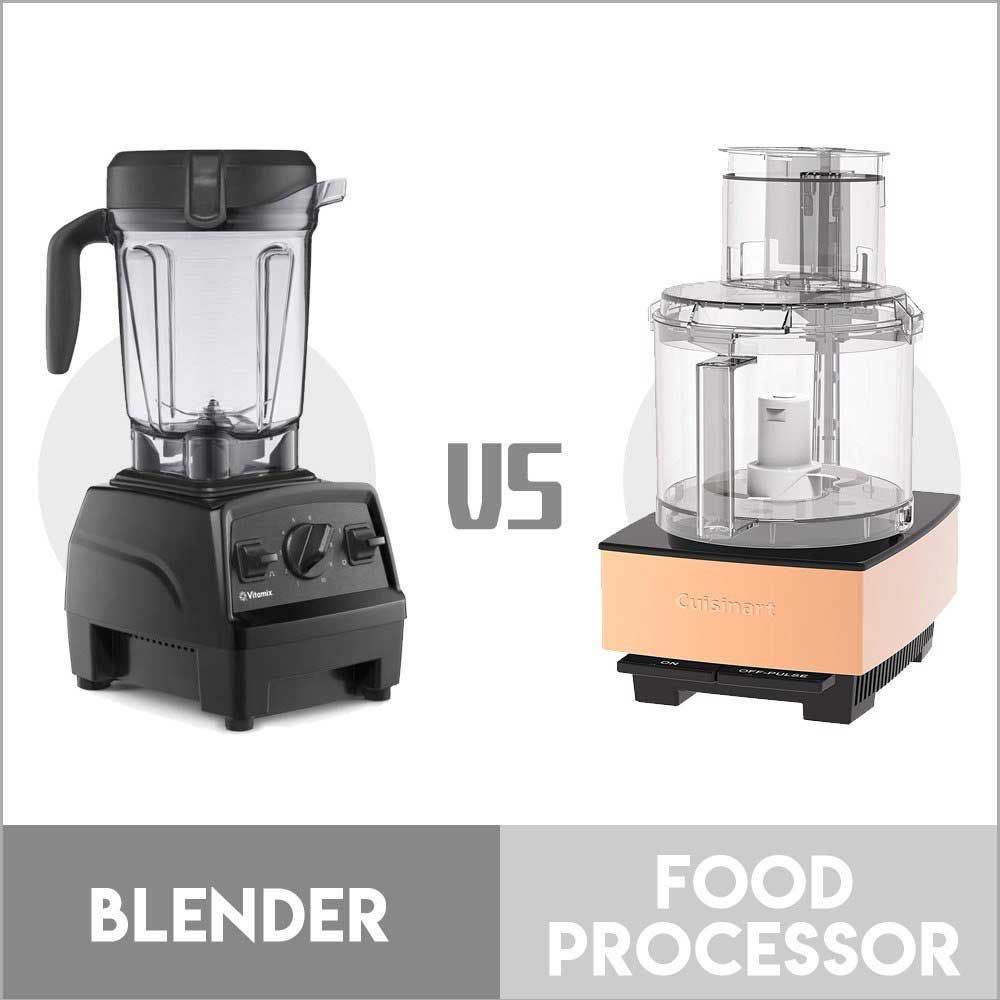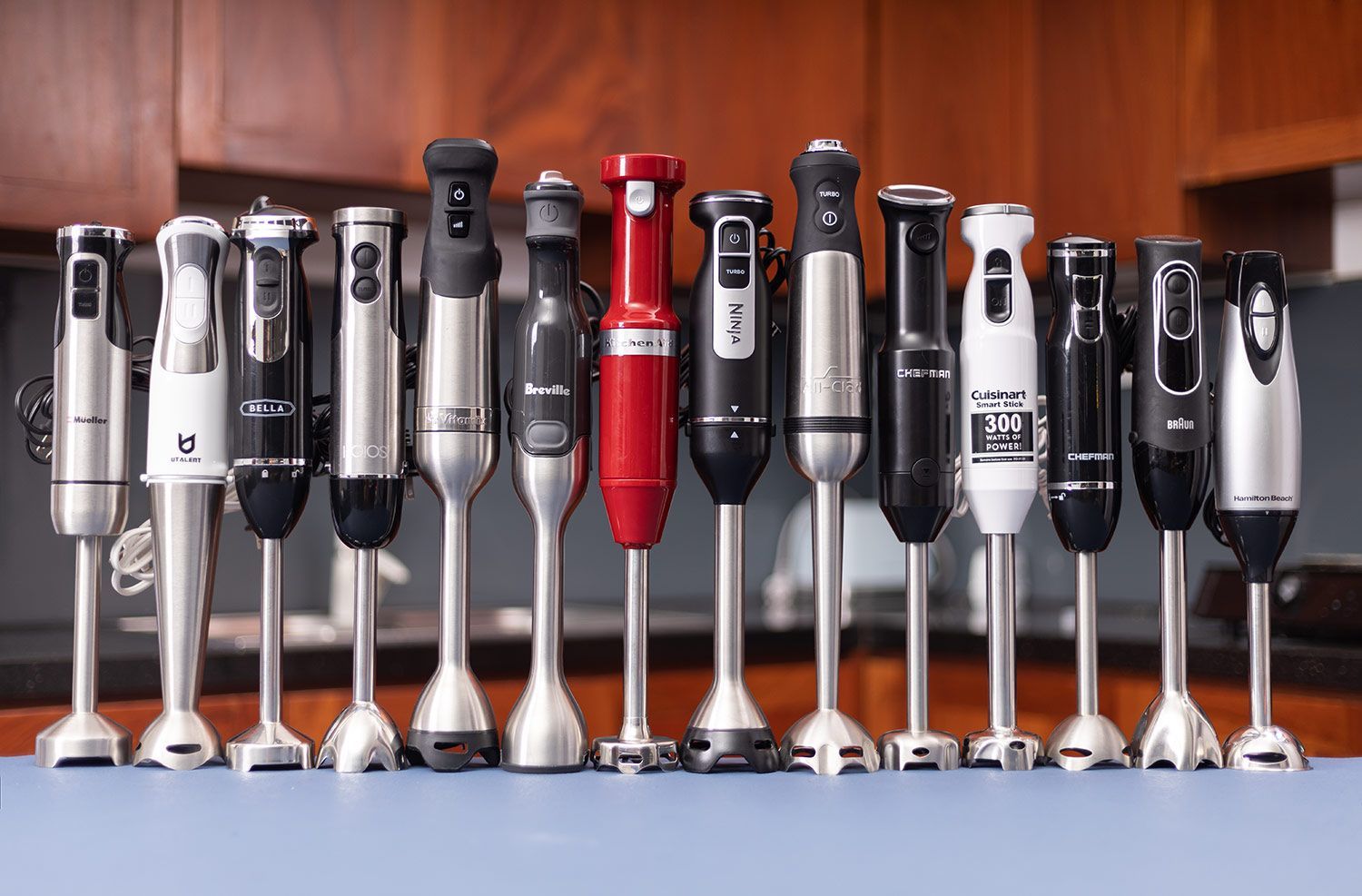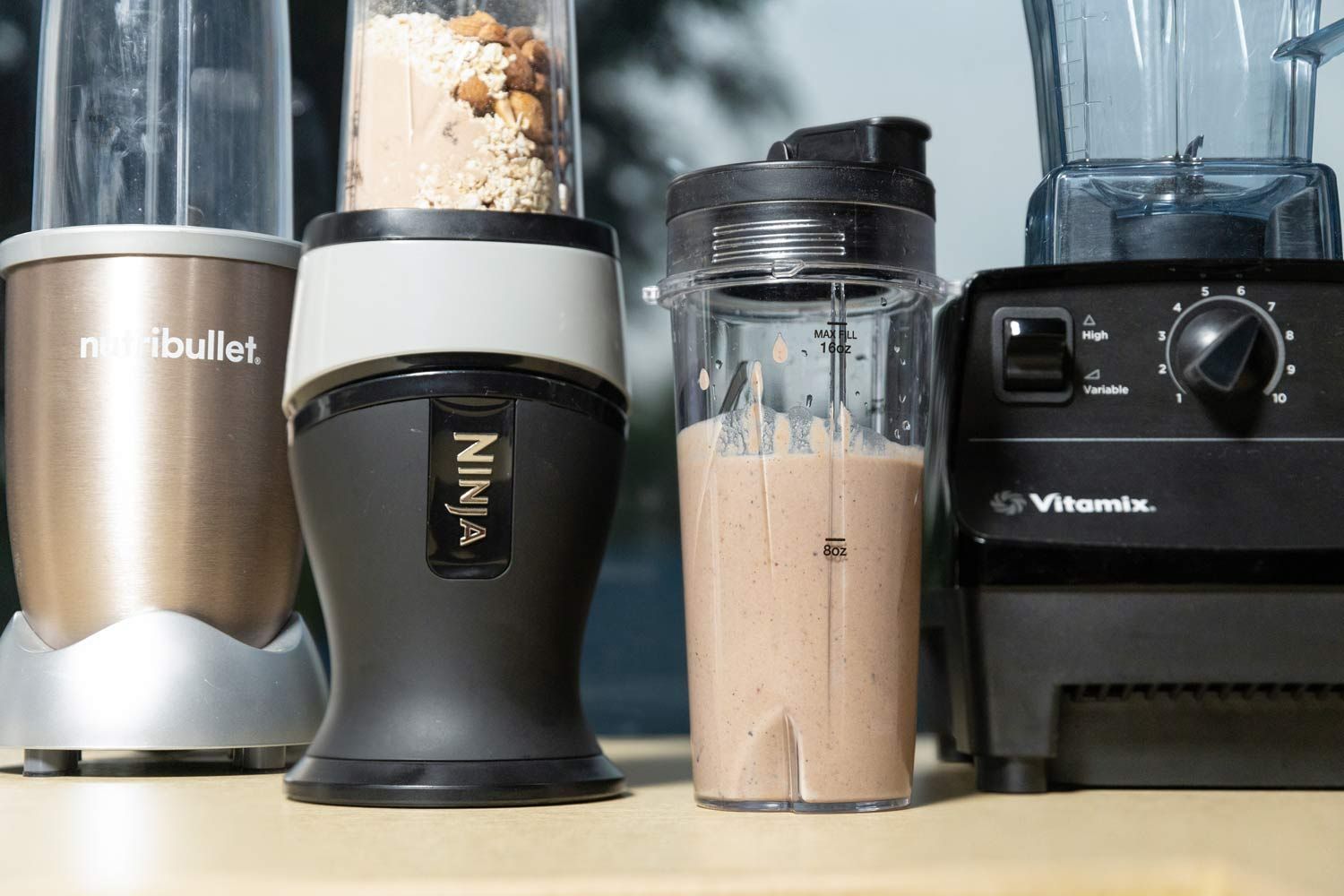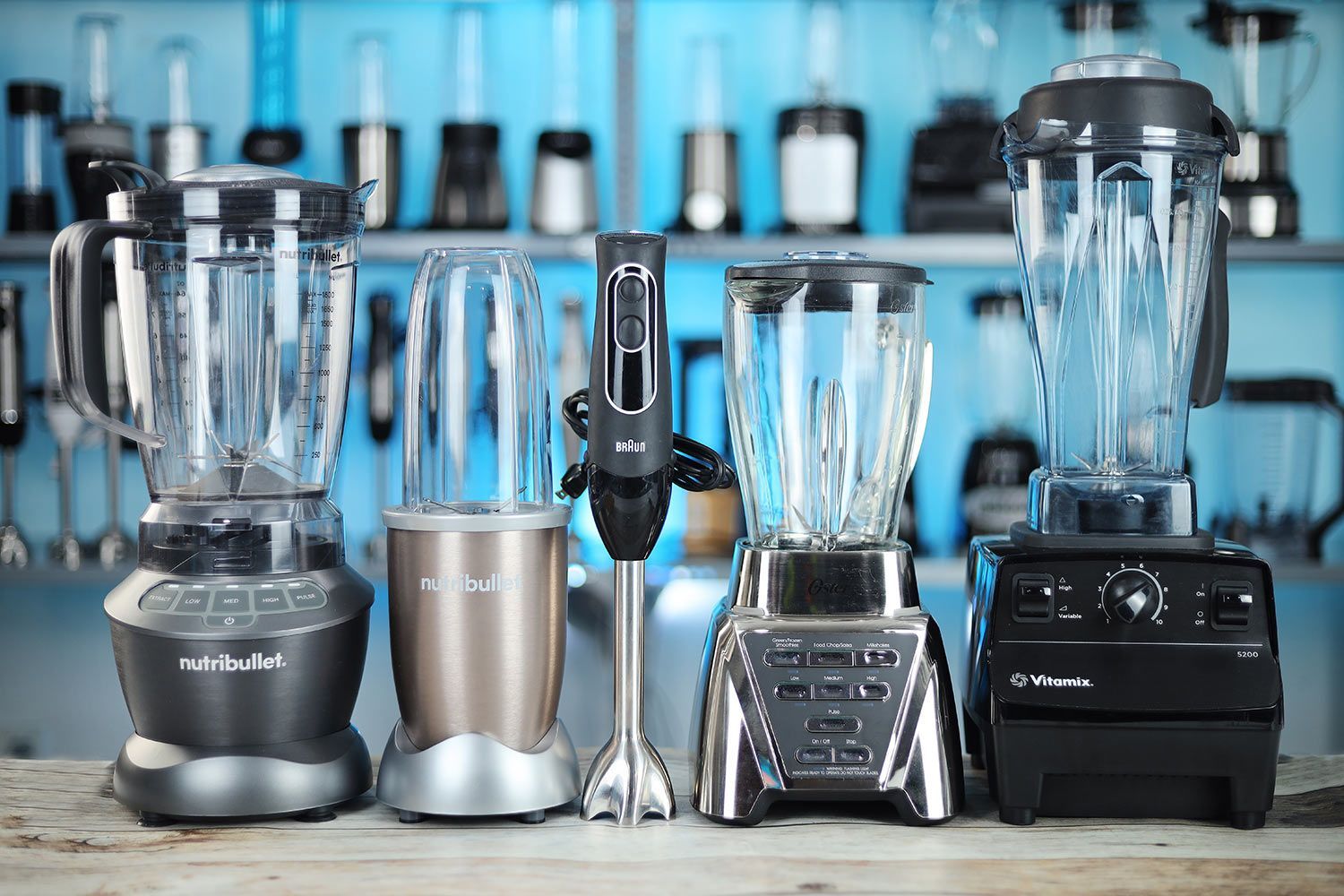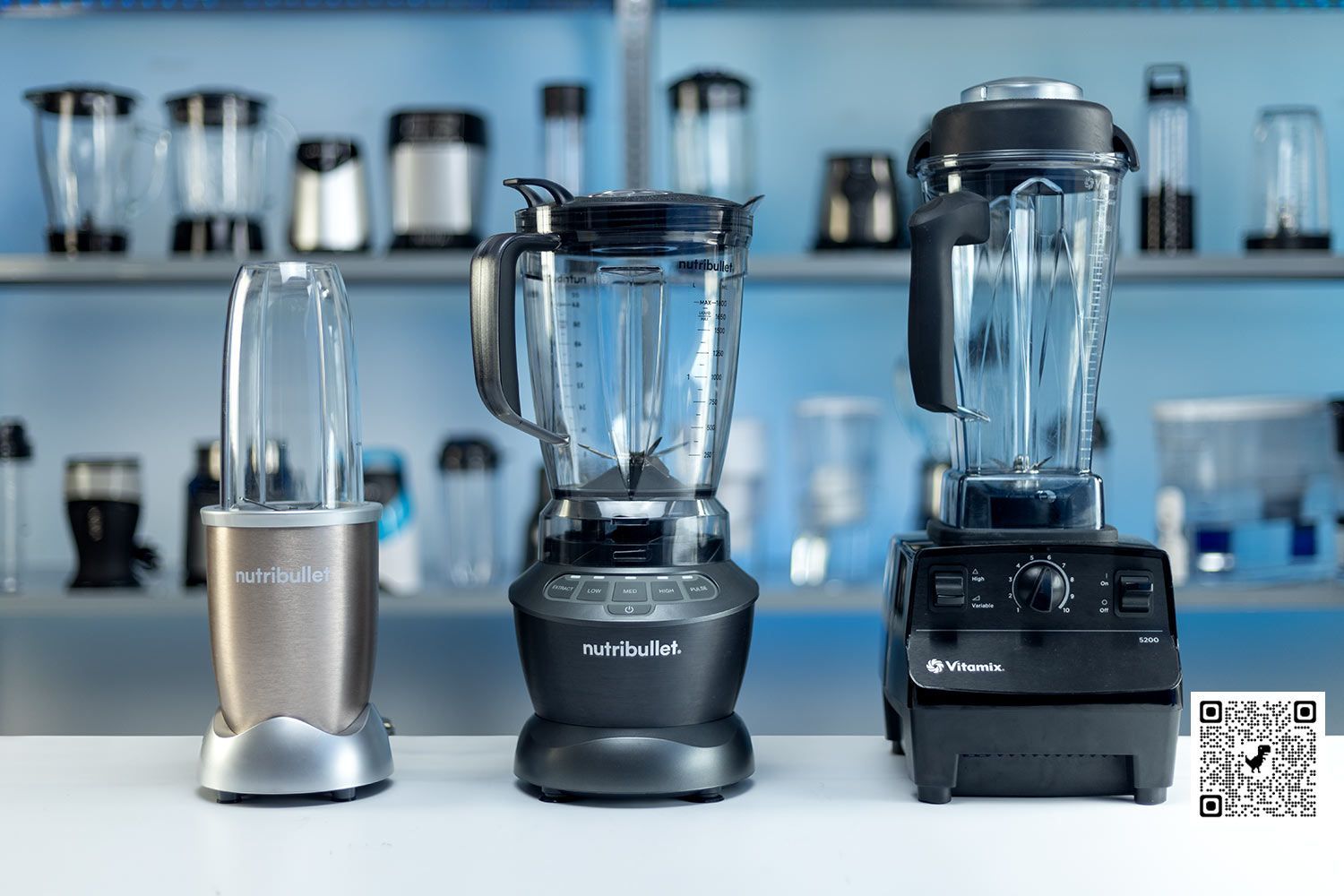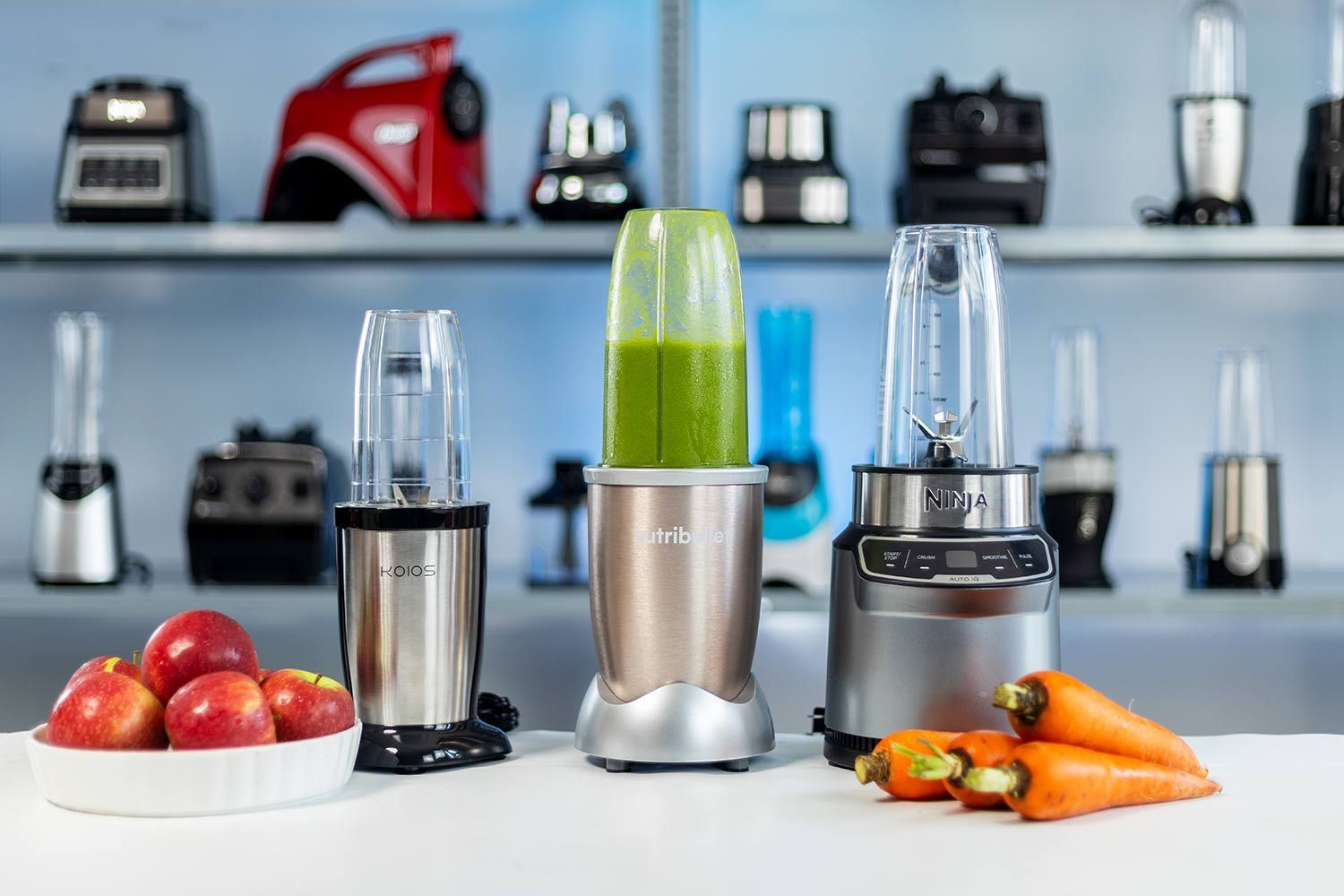Our recommendations are made independently. We may receive commissions from purchases made via our links.
Things to Keep in Mind When Buying a Bullet Blender
Here’s a focused rundown to help you identify the optimal blend of features that will meet your needs when considering a bullet blender for your kitchen.
In the search for the ideal bullet blender, the choice between corded and cordless models is just the beginning. From the power tucked within these compact machines to the motor's output and the design of their blades, every detail matters. That’s where our buying guide comes into play. Whether you're blending nuts for a homemade spread or crafting the smoothest of smoothies, this guide is your blueprint for identifying a bullet blender that not only fits into your kitchen space but also adapts to your culinary pace.
Types of Bullet Blenders
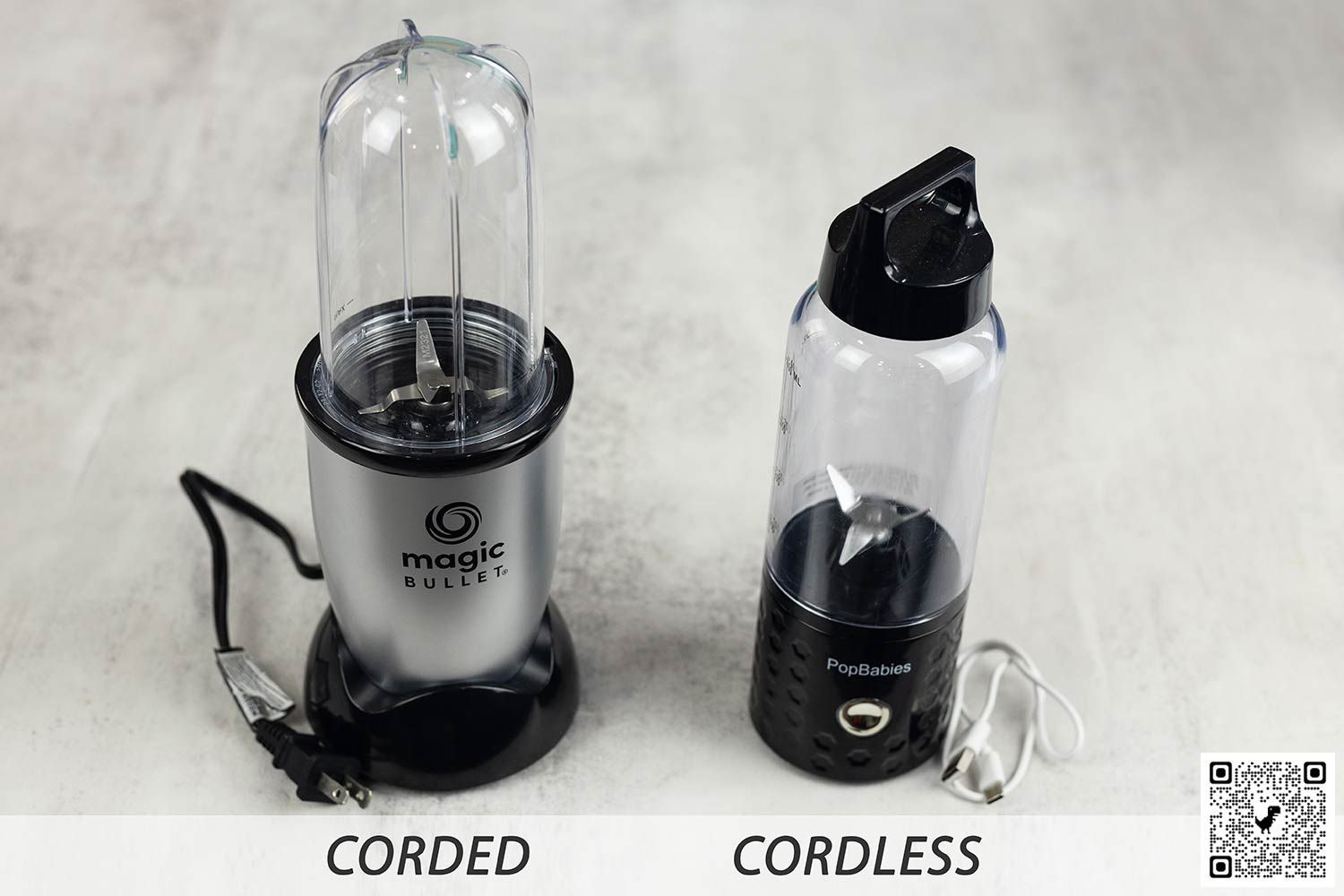
Bullet blenders can be separated into corded and cordless categories. The best one for you depends on your specific needs, recipe complexity, blending location, and required versatility.
- Corded Bullet Blender: Corded bullet blenders are more common and are typically more powerful. They provide consistent and heavy-duty performance, so they can handle more versatile blending projects. Obviously, though, you need to have a convenient power outlet available.
- Cordless Bullet Blender: Cordless bullet blenders are valuable for their mobility. Powered by built-in batteries, they bypass cord restrictions, making them great for travel, camping, or unrestricted movement within your kitchen. However, they may not match the power output of corded models, so they're better for simpler tasks like making fresh fruit smoothies, protein shakes, or baby food. The battery life is limited and they take time to recharge, so choose your device carefully.
Power and Rotation Speed
Power, measured in watts, refers to the amount of energy that a blender's motor can output at a given time. The motor turns the blade, whose rotational speed is measured in revolutions per minute (RPM). The two measures generally correlate to one another.
- Low-powered models (100-400 watts, 10,000-18,000 RPM): These are only really suitable for smoothies or protein shakes containing soft, blendable ingredients. When it comes to harder items like ice, raw nuts, or fibrous materials, they often fail to generate a uniform consistency. Most cordless blenders fall into this category and they also tend to be the cheapest ones to buy.
- Mid-powered models (400-700 watts, 18,000-20,000 RPM): These offer a balance of power, cost, and versatility. They can handle a wider range of more challenging ingredients.
- High-powered models (over 700 watts, 20,000-25,000 RPM): The efficiency of these machines is comparable to full-sized countertop blenders despite their compact frames. They can tackle the most demanding blending tasks quickly and efficiently, such as turning ice into a snow-like consistency. We generally recommend these models.
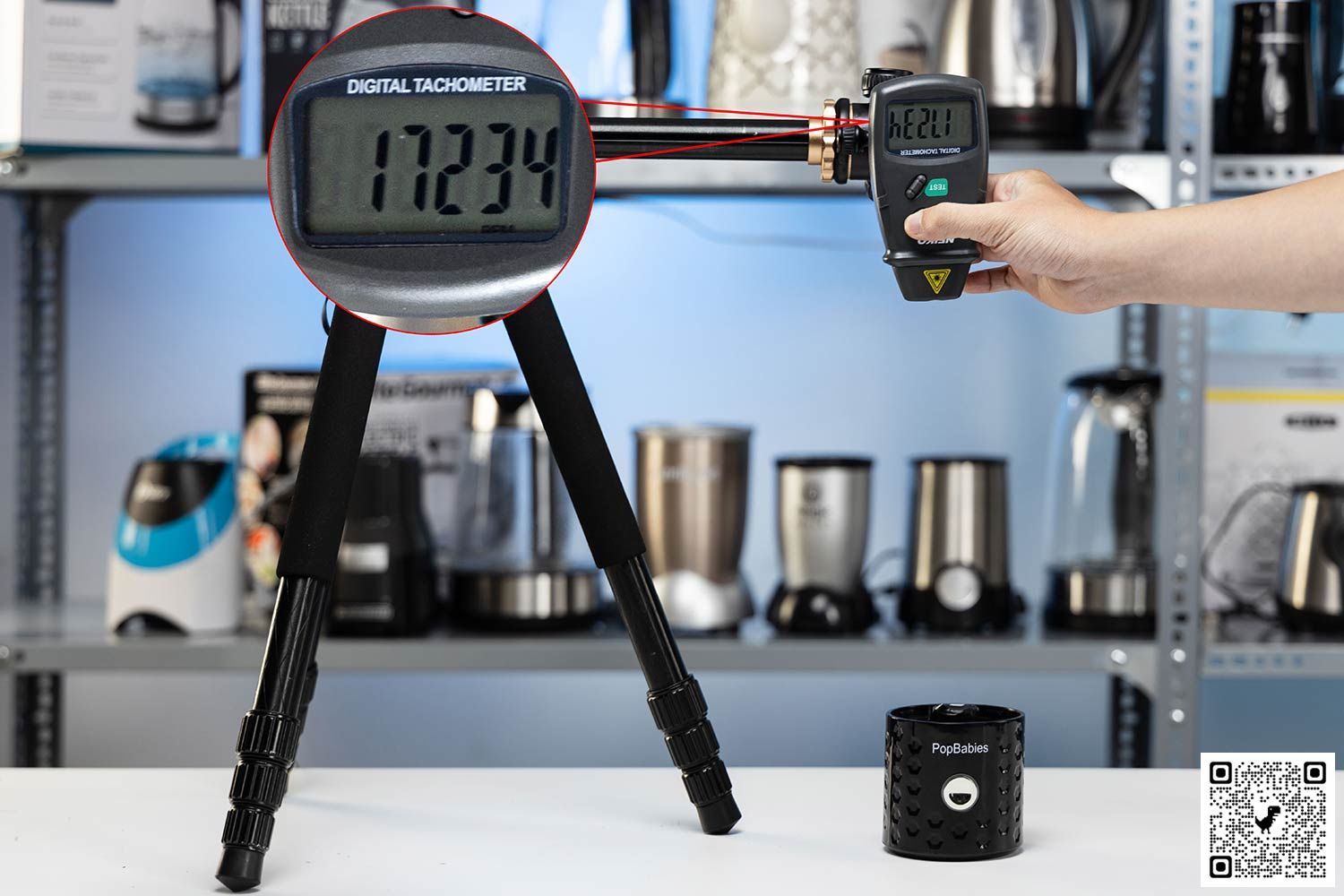
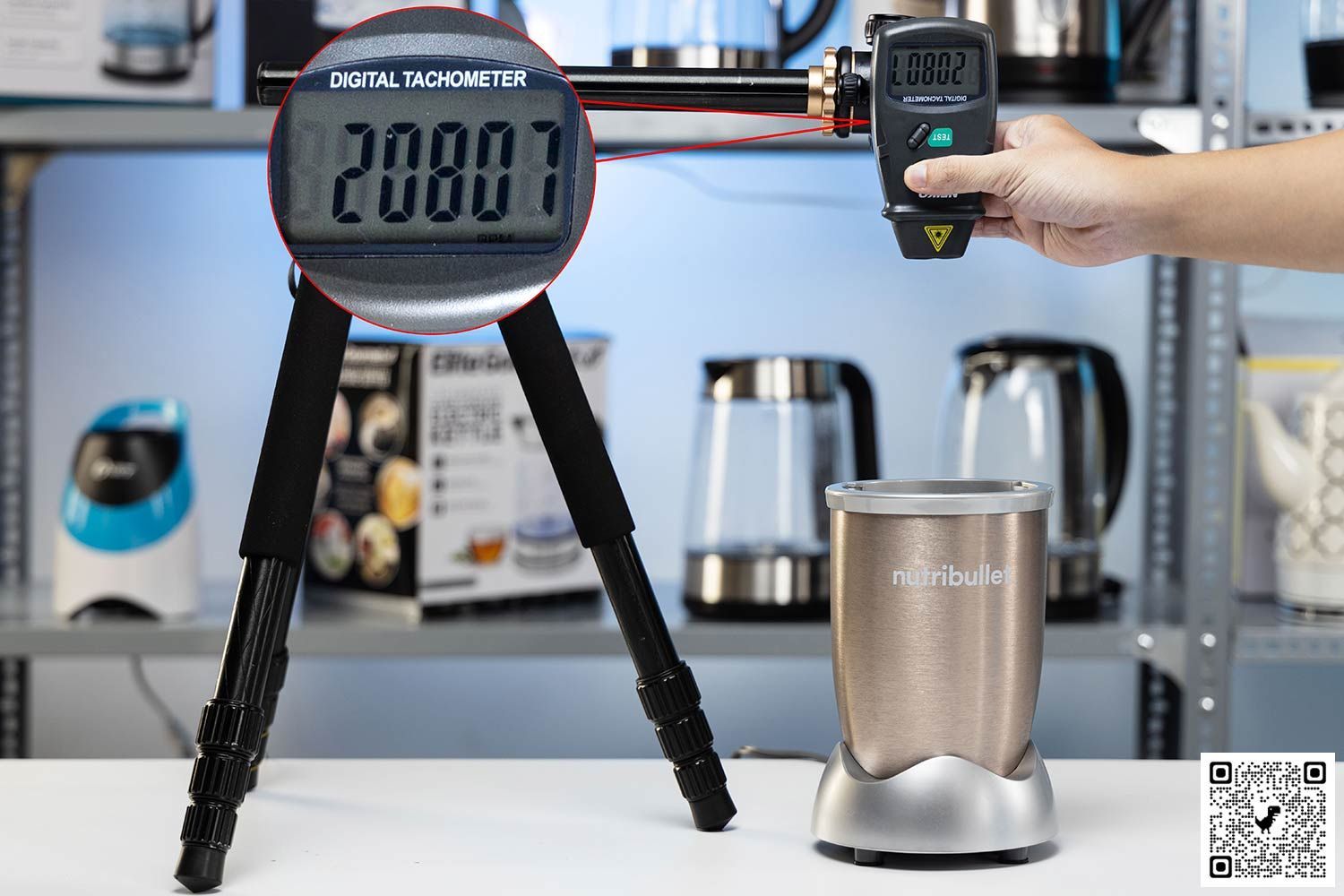
Blade
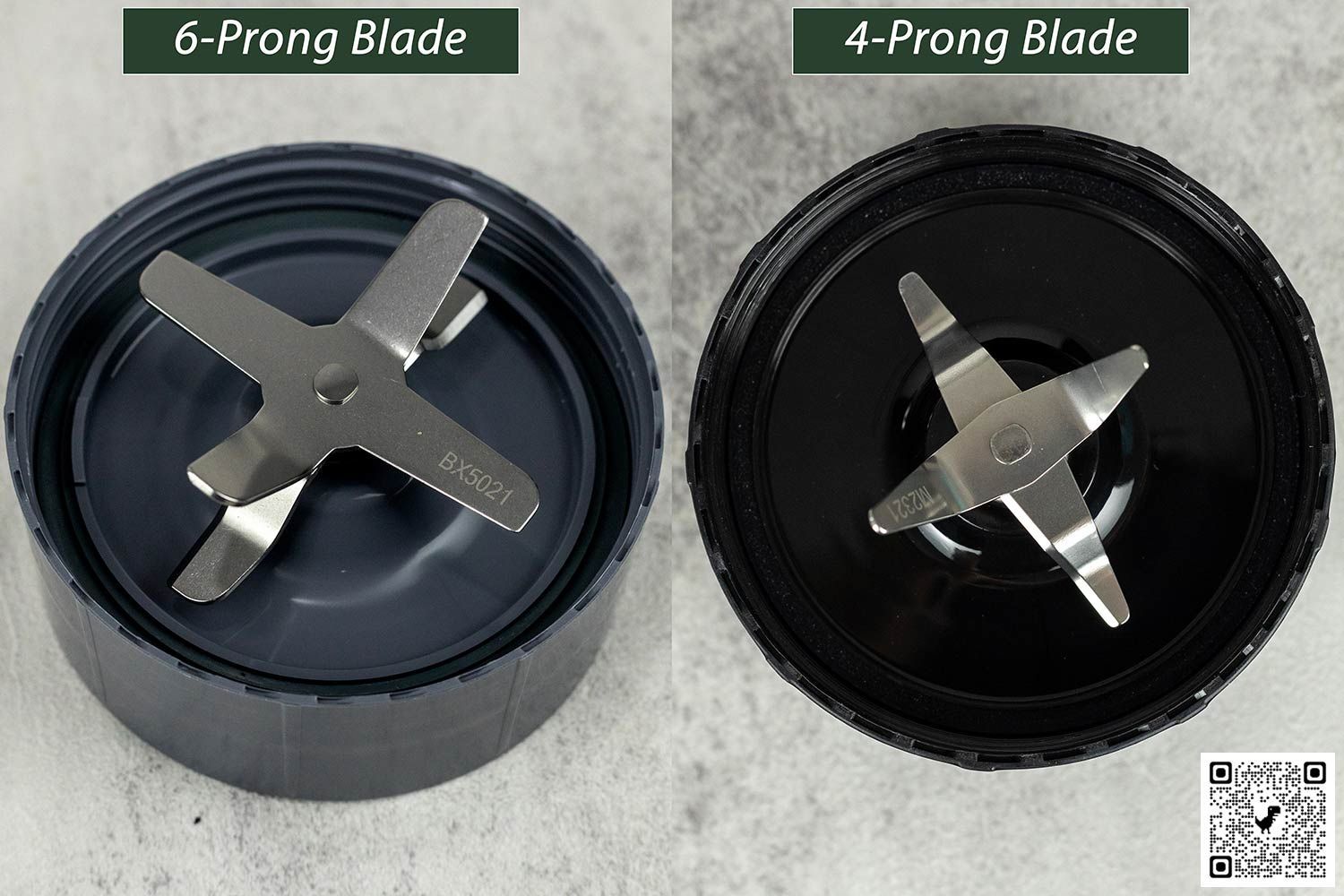
Blender blades are made from stainless steel. Our testing has shown that the number of prongs on the blade assembly greatly influences the final result. More prongs increase the contact area between the food and the blade's surface, leading to faster, smoother blending.
The shape and size of the blades have an impact as well. Larger blades with the proper curvature will create a vortex that more effectively pulls ingredients down.
Speed Control
Bullet blender speed controls generally fall into two categories: single-speed models and those with multiple speeds and/or blending presets.
Single-speed bullet blenders are typically more affordable, efficient, and intuitive. You operate them by pressing the cup downward or by pushing a single button on the front.
High-end bullet blenders like the Ninja Auto-iQ have multiple speed settings and blending presets. While these features may seem attractive, our testing shows that simpler manual ones often match or exceed the performance of preset functions. Therefore, we suggest you should neither place much value on these presets, nor pay extra solely for these features.
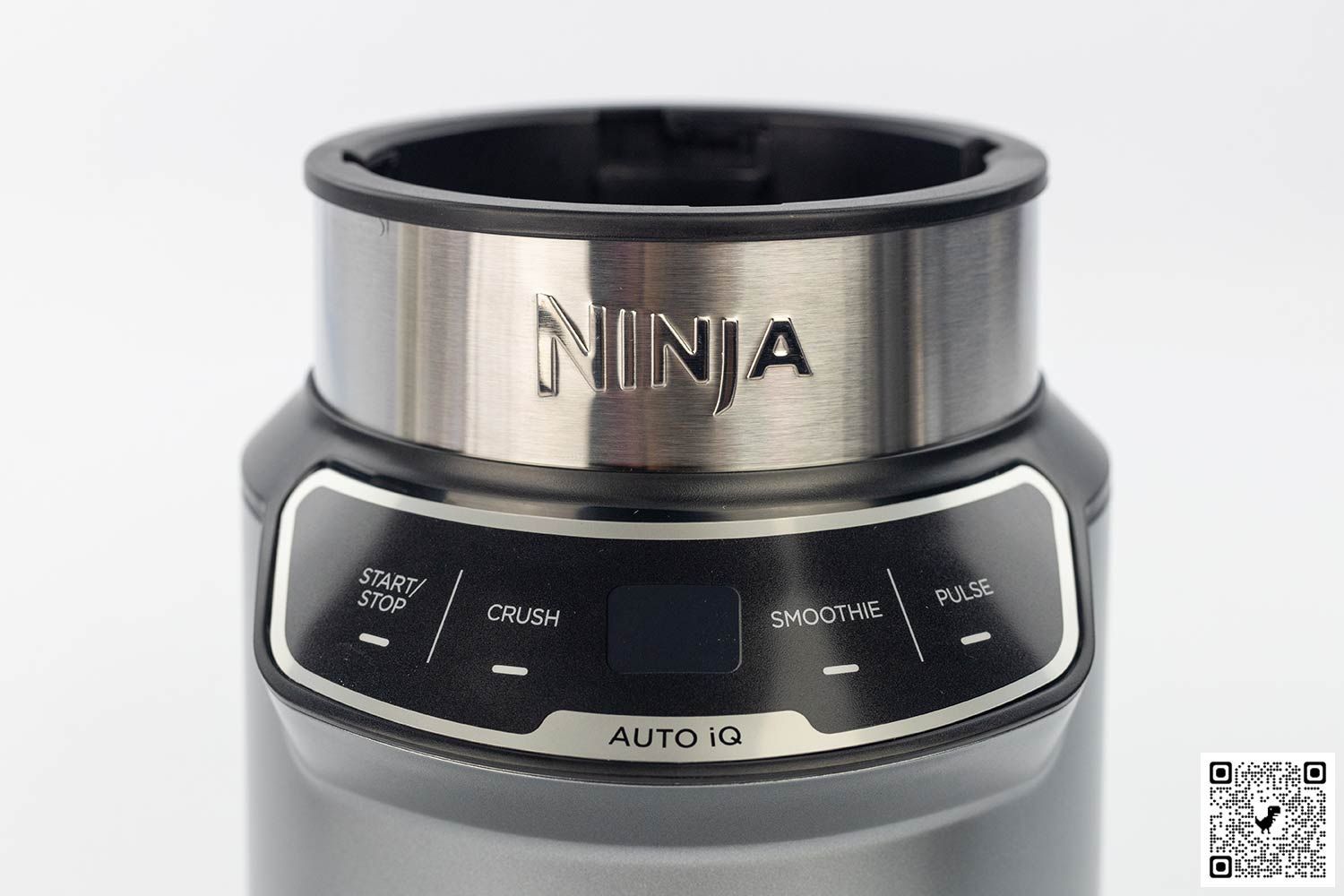
Blending Cup
Bullet blenders generally feature BPA-free plastic blending cups, with pricier models usually being more durable and resistant to scratches or discoloration. However, the design of the cup's opening is the most important factor.
Narrow-mouthed models can make adding ingredients messy and difficult, whereas those with openings at least 3-inches across will simplify your work. These generously-sized cups can accommodate whole fruits, large vegetable pieces, and even a standard kitchen spoon for easier ingredient mixing.

